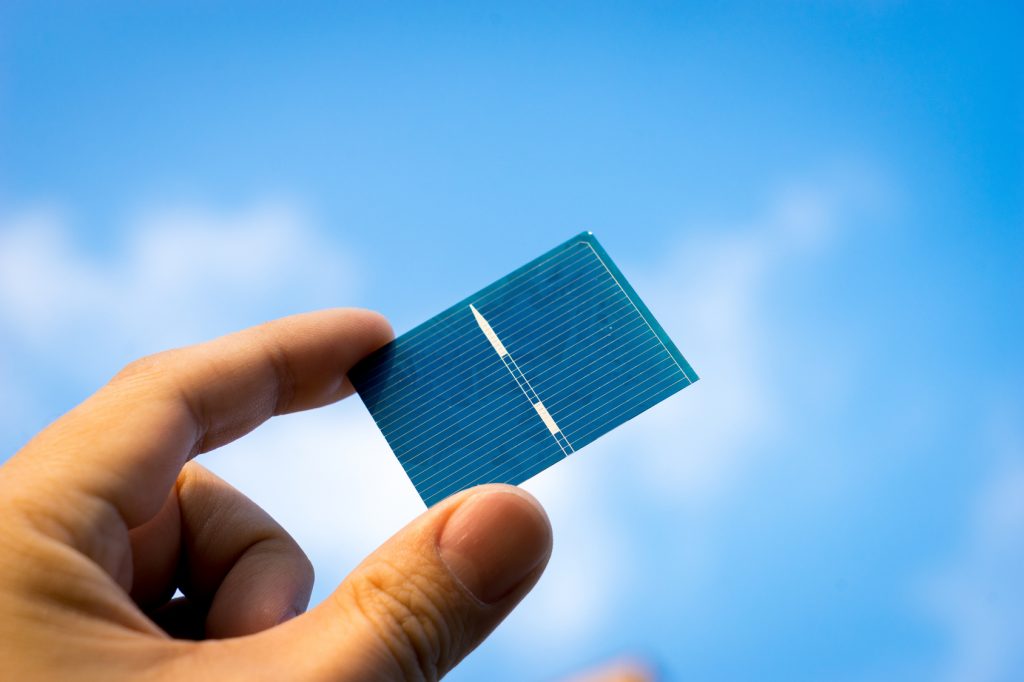While the average consumer understands that solar panels make electricity with light from the sun, that’s the limit of knowledge for many of us. Tremendous improvements in technology and over 150 years of scientific research are behind the modern solar panel, but the basic concept behind solar or photovoltaic (PV) electricity is both fascinating and simple to understand.
The Photoelectric Effect
French physicist Edmund Becquerel first discovered the photoelectric effect in 1839. At a very young age, he documented that certain materials, such as electrodes composed of silver or platinum, would emit electrons when exposed to light. By placing electrical contacts on opposite sides of early “photo cells,” the electrons were used to make electricity. From that point, scientists started to investigate many other elements for the photoelectric effect, designing PV cells from materials such as selenium and copper. Finally, mass production methods were developed over one hundred years after the PV cell’s invention, now with silicon as the primary photoelectric element.
The Modern Photovoltaic Cell
So the simple way to explain a basic solar cell is that it’s a “sandwich” of various layers, each one with a specific task that makes the cell work, while creating the greatest efficiency possible. Speaking of efficiency, since any sunlight that bounces off a cell does nothing to produce electricity, the first layer is an anti-reflective coating. This helps the cell absorb as much light as possible, increasing the electrical output. The anti-reflective layer is then followed by a metallic contact. After the first contact comes the silicon-based semi-conductor material responsible for the photoelectric effect — the actual “engine” that provides the power from photons of light. Underneath the semi-conductor is another metallic contact that “captures” the electrons released from the semi-conductor by the sun’s rays.
Since different materials react to different wavelengths of light, the modern solar cell may have more than one semi-conductor layer and other layers that add to both longevity and efficiency, but the essential structure is similar to what’s described above.
Creating Solar Panels and Arrays
By combining solar cells in various configurations of both size and power output, different types of solar panels are made. Solaron finds that the best commercial solar panels, based on efficiency and service life, are made by SunPower, a local California company that produces solar cells and panels from its own award-winning designs.
By then connecting multiple panels into arrays, Solaron customizes both the output of a client’s PV system and its size and layout. Solaron is therefore able to design and install effective solar systems for any roof, ground site or shade structure, either as a retrofit or a purpose-built project. For more information about how PV electricity systems will save money on your electricity bills, talk to Solaron and learn how to make the best use of the “photoelectric effect.”

